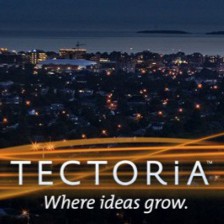Kixeye, a San Francisco-based gaming company, is opening a 50-person development centre in Victoria’s downtown core, according to this news story.
According to Clayton Stark, the firm has already received “many, many CVs” and aims to open shop in January. Stark is best known as the creator of Flock, a web browser that integrates social media. Flock was bought by gaming giant Zynga, famous for making Farmville, in 2011.
Microsoft already has a gaming studio in Victoria.










Follow Us!